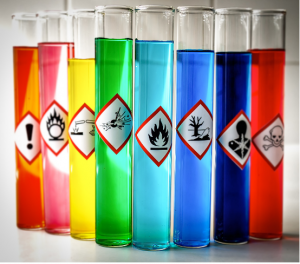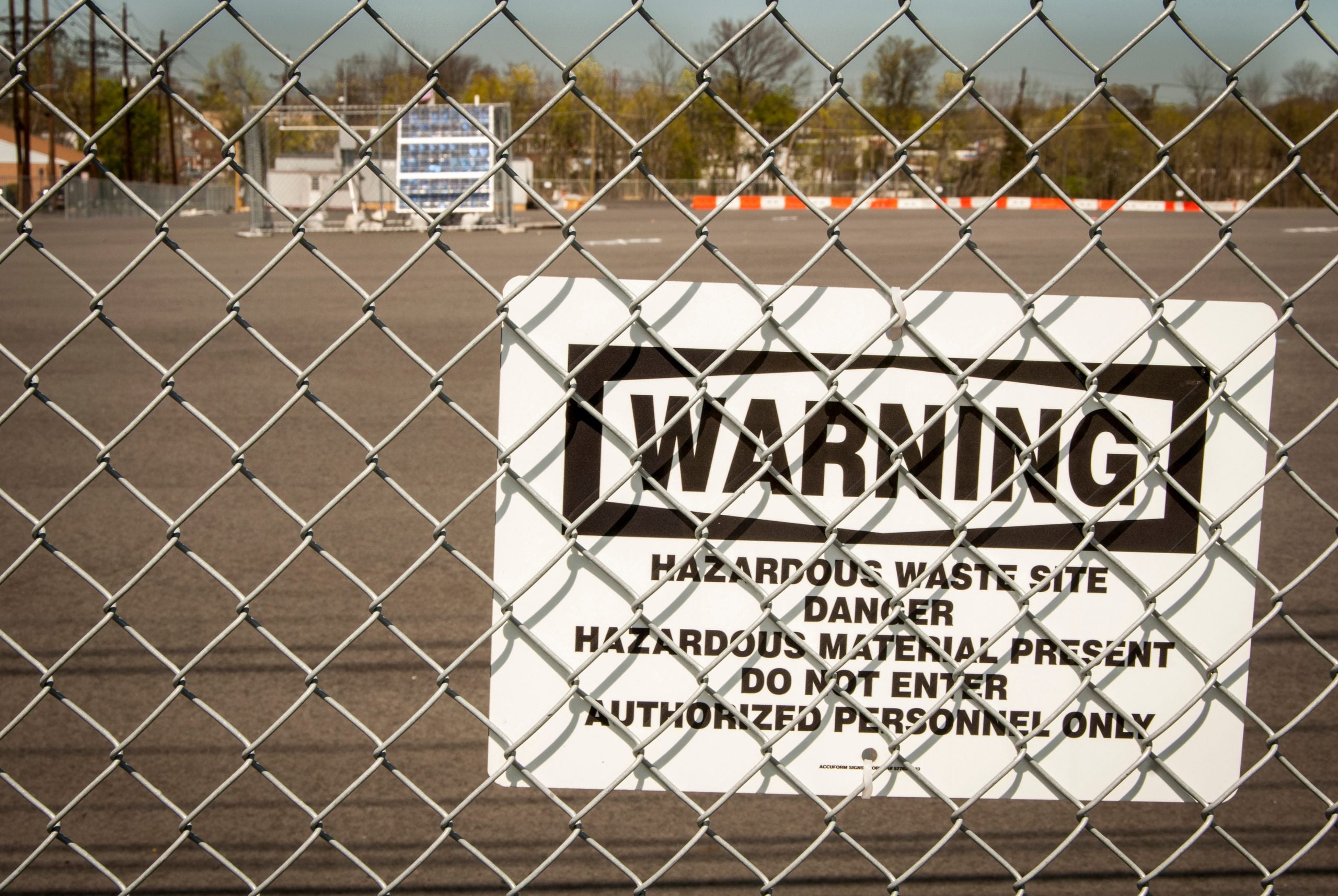
The Trump Administration’s got a problem with testing (TSCA edition)
Richard Denison, Ph.D., is a Lead Senior Scientist.
A constant criticism of EPA’s draft risk evaluations for the first 10 chemicals has been the dearth of information on which EPA has relied to draw sweeping, unqualified risk conclusions. EDF and other stakeholders, as well as EPA’s own Science Advisory Committee on Chemicals (SACC), have repeatedly pointed to the lack of sufficient, reliable information on:[pullquote]The Trump EPA appears intent on continuing to conduct risk evaluations that are ill-informed by actual data.[/pullquote]
- the chemicals’ presence in and releases into various environmental media;
- their presence in and releases from industrial, commercial, and consumer products and materials;
- the extent and magnitude of workplace exposure levels;
- key human hazard endpoints; and
- ecological hazards to and exposures of sediment- and soil-dwelling and terrestrial, as well as aquatic, organisms.
Concerns have also been repeatedly raised about EPA’s over-reliance on models in the absence of measured data and on physical-chemical and environment fate data to rule out exposure pathways, especially in the absence of rigorous uncertainty analyses and incorporation of uncertainty into EPA’s risk conclusions.
It’s not as if there isn’t a solution to the dearth-of-data problem. Yet the Trump EPA has steadfastly refused to use it.
A key set of reforms made to the Toxic Substances Control Act (TSCA) in 2016 was to enhance EPA’s authority to require the development of both hazard and exposure information on chemicals and ensure its decisions are based on all reasonably available information. Under its own risk evaluation rule, EPA defined “reasonably available information” to mean “information that EPA possesses or can reasonably generate, obtain and synthesize for use, considering the deadlines … for prioritization and risk evaluation” (emphasis added).
The Trump EPA has flouted these obligations. Despite repeated calls for EPA to systematically apply its information authorities, starting with the first 10 chemicals it selected for risk evaluation, and more recently to the next 20 high-priority chemicals to undergo such evaluations, EPA has utterly failed to do so. Until March of this year the Trump EPA had not once used its authorities to call in existing information (using section 8 or section 11(c) of TSCA) or require the development of new information (using section 4 of TSCA). In March – a year and a half after EPA released its draft risk evaluation for Pigment Violet 29 – EPA issued its first and only section 4 test order under reformed TSCA. It requires two companies to test the chemical for only two parameters – water solubility and respirable particles – out of the many glaring data gaps flagged by the SACC and stakeholders for this chemical.
Given the criticism, is there any reason to expect EPA will chart a different course for the next 20 chemicals to undergo risk evaluation? Sadly, no. The flawed draft scope documents EPA recently issued for those chemicals make no mention of issuing data call-ins or requiring any testing or monitoring. Instead they make clear EPA’s intent once again to rely on voluntary submissions, “surrogate chemicals,” modeling, and extrapolations solely from physical-chemical and environmental fate properties (often estimated rather than measured) – the very same approaches so heavily criticized as inadequate on scientific grounds.
If a clearer signal of EPA’s obstinacy were needed, one was just published in the Federal Register. On June 1, 2020, EPA published a notice announcing its intent to submit to the White House Office of Management and Budget (OMB) a revision to the agency’s current “Information Collection Request” (ICR) that governs how and when it may use its TSCA section 4 authority to require the development of information to inform TSCA risk evaluations. In the supporting statement for the revised ICR, EPA indicates it will drastically reduce and alter the battery of tests it would consider requiring companies to conduct under any section 4 action it undertakes for at least the next three years.
ICRs are renewed every three years. In the last round in 2018, EPA simply extended the prior ICR issued in 2015. The ICR currently in effect describes the following 10-test battery EPA would use (see Table A-1, p. 51 of the ICR supporting statement):
-
- Algal Acute Toxicity
- Daphnid Acute Toxicity
- Fish Acute Toxicity
- Gene Mutations in Somatic Cells
- Subchronic Oral Toxicity
- Prenatal Developmental Toxicity (2 species)
- Reproduction/Fertility Effects
- Salmonella Reverse Mutation Assay
- In vivo Bone Marrow Cytogenetics
- Developmental Neurotoxicity
This battery of hazard tests is quite similar to the hazard test battery developed by the Chemicals Program of the Organization for Economic Cooperation and Development (OECD) known as the Screening Information Data Set (SIDS), which was expressly developed as the “the minimum amount of data that is required for making an initial hazard assessment” of a chemical, and is well short of what would be needed to inform a full risk evaluation under TSCA. A similar set of tests formed the basis of EPA’s High Production Volume (HPV) Chemical Challenge program that ran in the late 1990s and early 2000s and fell short because it relied on purely voluntary commitments by companies to conduct the requested testing.
Contrast the current ICR test list with the radically reduced and different 7-test battery that EPA is proposing to replace it with under the revised ICR (Table A-2, p. 52 of the ICR supporting statement):
-
- Melting Point
- Boiling Point
- Vapor Pressure
- log Kow
- Water Solubility
- Ready Biodegradation
- Acute Toxicity to Daphnia
That’s it. This battery includes no mammalian toxicity tests, and no tests for chronic or even subchronic toxicity to any type of organism. It consists of only a single toxicity test of any sort – for acute toxicity to an aquatic invertebrate (Daphnia) – with the remaining six tests limited to physical-chemical and environment fate parameters measured in a laboratory setting.
Moreover, whether EPA plans to require even this exceedingly limited testing is far from clear. The ICR revision proposal does not indicate which, if any, of the 20 chemicals with draft scopes would even be subject to this limited testing. Nor, as noted above, do EPA’s draft scopes indicate any intent on EPA’s part to require any testing for physical-chemical properties, environment fate, health or environmental toxicity, or to require any monitoring or other exposure data to be developed.
The bottom line is that the Trump EPA appears intent on continuing to conduct risk evaluations that are ill-informed by actual data and instead will rely on questionable assumptions and extrapolations from whatever physical-chemical and environment fate data EPA happens to already have in hand — an approach that has been heavily criticized.
The Trump EPA seems intent on transforming the risk evaluation process for existing chemicals into essentially the same process it uses to review new chemicals under TSCA: making do with whatever data it happens to have; using questionable models and data on surrogate chemicals; making sweeping assumptions based on select companies’ assertions about their intended practices, and so on.
With new chemicals, EPA justifies its approach by pointing to the many hundreds of such chemicals it must review each year and the 90-day default period for those reviews set in TSCA. (This ignores, of course, the mandate TSCA gave EPA not to simply clear new chemicals lacking adequate data – which EPA routinely did before the 2016 reforms and is now doing again despite those reforms.)
But that approach is even crazier in the context of existing chemicals, where EPA has had to review only 10 such chemicals — and is now moving to review 20 more – and has 3+ years in which to do so.
This is just one more way in which this EPA is undermining science, ignoring Congressional intent, and squandering yet another opportunity to better protect health and the environment from exposures to known toxic or undertested chemicals.












